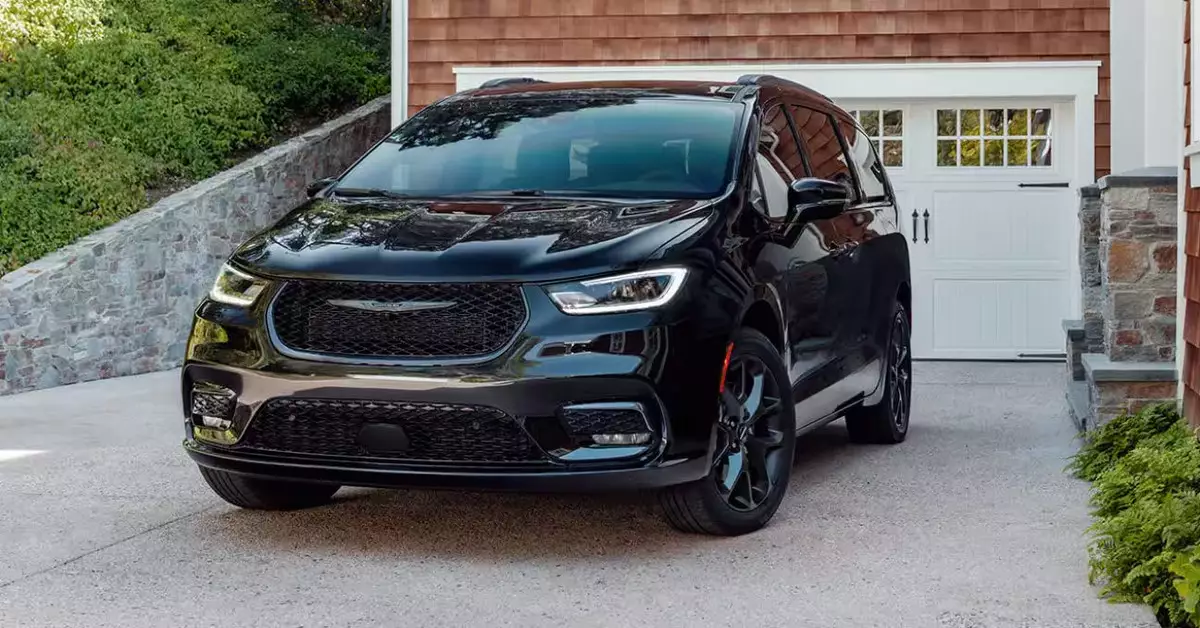Chrysler is on the brink of a significant transformation, as it embarks on developing a fully electric version of its popular Pacifica minivan. In an era defined by a shift towards sustainability and electric mobility, this move comes in response to rising consumer demand for eco-friendly vehicles. The endeavor, as reported by Green Car Reports, illustrates Chrysler’s commitment to adapting its offerings to align with the evolving automotive landscape.
This bold step is particularly crucial given the competitive nature of the electric vehicle (EV) market. Established automakers are racing to unveil innovative models that not only appeal aesthetically but also provide practical benefits to families and urban dwellers alike. The Pacifica EV is projected to debut about a year after a refreshed model of the existing minivan is showcased, one that will likely incorporate elements from Stellantis’ recent Halcyon concept. This blend of design evolution and electrification is indicative of how manufacturers are striving to maintain relevance in a rapidly changing market.
Current iterations of the Chrysler Pacifica include traditional gasoline-powered models and a plug-in hybrid variant. The latter offers an electric-only driving range of approximately 32 miles before it reverts to gasoline operation. Chrysler’s CEO, Christine Feuell, recently shed light on the company’s plans during the LA Auto Show, noting that while the introduction of an all-electric Pacifica is on the horizon, decisions about the continuity of the hybrid variant remain unconfirmed.
This uncertainty highlights a broader dilemma in the automotive industry: striking a balance between preserving existing customer bases while also moving forward with innovative technologies. The Pacifica, known for its family-friendly features and spacious interior, will require some rework to accommodate the new BEV powertrain. Reports suggest that Chrysler might revise its signature “Stow ‘N Go” seating arrangement — a system allowing seats to fold flat for easier cargo storage — which is pivotal for the minivan market.
To adapt to the electric platform, Chrysler is exploring various design possibilities. Storing the second-row seats beneath the front seats is one innovative solution that underscores the brand’s commitment to maximizing space without compromising functionality. Another intriguing proposal entails placing the second-row outboard seats on sliding rails, facilitating easier access and potentially improving passenger comfort. Such adaptations could enable Chrysler not only to maintain but also to enhance its reputation for versatility in family vehicles.
As Chrysler prepares to unveil this electric iteration of the Pacifica, it is evident that the strategy revolves around innovation, functionality, and adaptability. The automotive industry is at a crossroads, and Chrysler’s commitment to introducing an electric minivan signifies a progressive approach to future mobility. By prioritizing features that cater to modern families and embracing electric powertrains, Chrysler is not merely following trends; it is pioneering pathways for sustainable family transportation. If executed effectively, this transition could secure the Pacifica’s place in a competitive market while addressing essential environmental concerns.


Leave a Reply